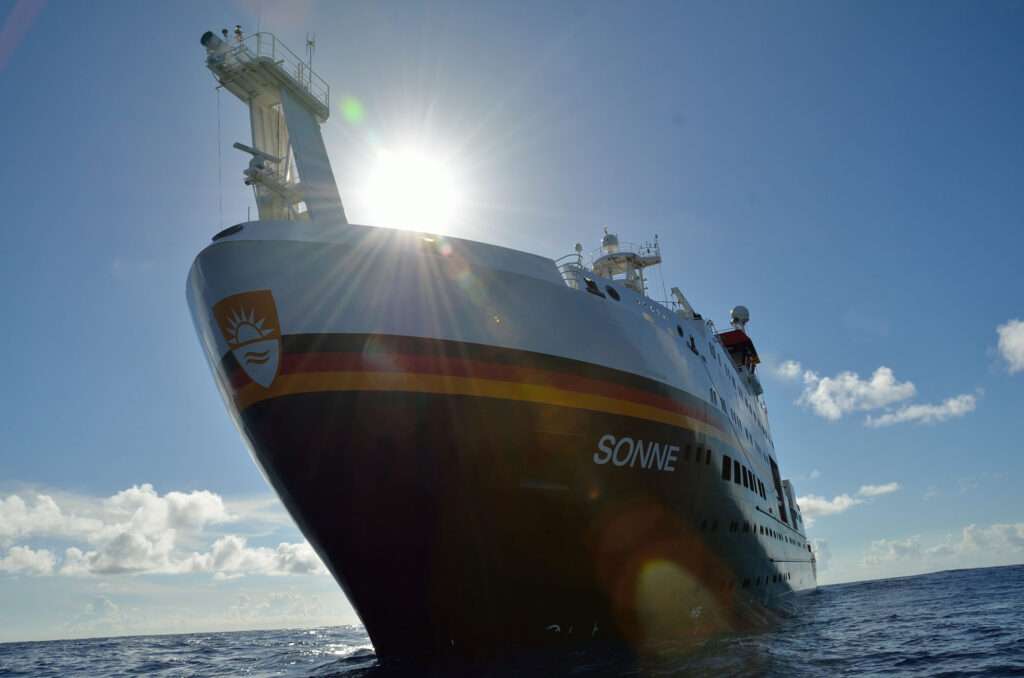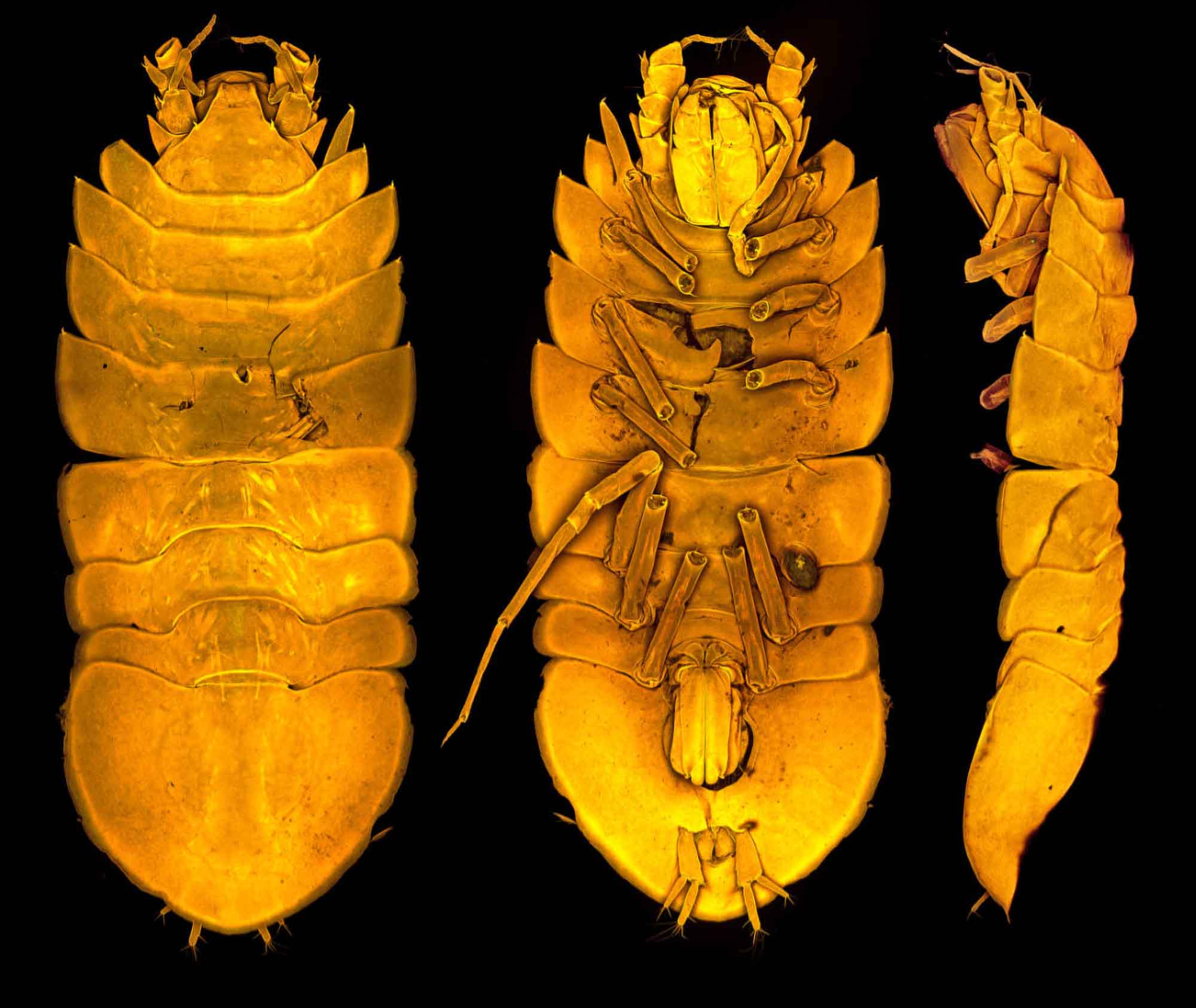Researchers have discovered a new deep-sea louse living an astonishing five miles under the Atlantic Ocean.
The isopod – a close relative to woodlice – was found in the Puerto Rico Trench, the deepest part of the Atlantic.
The discovery makes the creature the lowest-living crustacean ever found.
Scientists from the German Senckenberg Research Institute recorded the 270-millimetre (10.6 in) louse during a special expedition to the trench.
The Puerto Rico Trench is found on the boundary between the Caribbean Sea and the Atlantic Ocean.
It is 800 kilometres (497 miles) long and has a maximum depth of 8,376 metres (27,480 ft or 5.2 miles).
In a statement released on 6th July obtained by Newsflash, Senckenberg spokeswoman Judith Joerdens said: “The new species has been named ‘Austroniscus brandtae’ in honour of Senckenberg’s renowned deep-sea researcher Prof Dr Angelika Brandt.”

Joerdens added: “By doing so, we want to acknowledge her extraordinary scientific efforts and her engagement to protect the oceans.”
Senckenberg scientist Dr Stefanie Kaiser explained: “The fauna in these oceanic regions are the least-researched communities in the world due to the immense logistic and technical boundaries when it comes to taking samples.”
She added: “Diversity in extremely low regions such as the Puerto Rico Trench is decreasing.
“However, ‘Austroniscus brandtae’ appears to get along very well with the extreme conditions.”
Writing in the scientific magazine ‘Zootaxa’, the Senckenberg experts explain: “The present study presents the morphological and molecular-genetic characterisation and description of a new nannoniscid species within the genus Austroniscus Vanhoeffen, 1914 obtained from abyssal and hadal depths of the Puerto Rico Trench, NW Atlantic.”
Samples for their study were collected during the maiden expedition of the ‘Sonne’ (Sun) exploration ship in 2015 at underwater levels between 4,552 and 8,338 metres (14,934 to 27,356 feet).
Dr Kaiser explained: “We’ve opted for the name ‘Austroniscus brandtae’ to celebrate the outstanding achievements of Prof Dr Brandt.
“But there’s also a very personal reason for this choice. Angelika Brandt was the dissertation advisor of three study authors.
“She had a significant impact on our decision to focus on deep-sea research.”
The experts from the Senckenberg Research Institute – founded in Frankfurt, Germany in 1817 – cooperated with scientists from the USA for their research.
Investigations into the life and habitat of ‘Austroniscus brandtae’ continues, says the research institute.
Prof Dr Brandt, 61, was born in Minden, North Rhine-Westphalia. Her main research focus is macrofauna of the deep sea and polar regions.
She has participated in several groundbreaking oceanographic expeditions.
To find out more about the author, editor or agency that supplied this story – please click below.
Story By: Thomas Hochwarter, Sub-Editor: Marija Stojkoska, Agency: Newsflash
The Ananova page is created by and dedicated to professional, independent freelance journalists. It is a place for us to showcase our work. When our news is sold to our media partners, we will include the link here.




